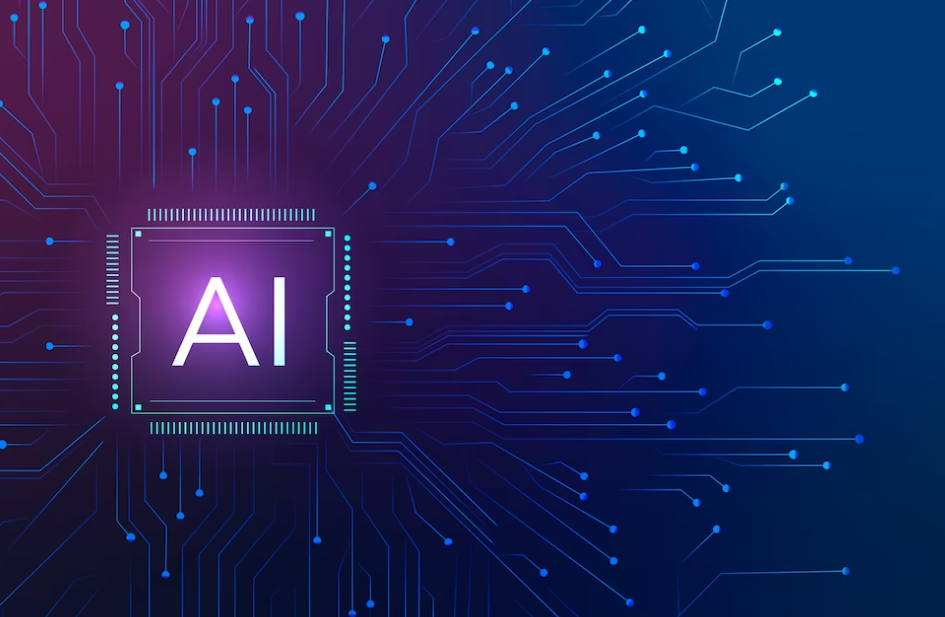The Evolution of ERP Systems
What is ERP?
Enterprise Resource Planning, commonly known as ERP, is a comprehensive software solution that integrates and manages various business processes and functions within an organization. These processes can include finance, human resources, supply chain, manufacturing, and more. ERP systems provide a centralized platform that enables efficient data sharing and decision-making across different departments.
A general Cloud-based ERP or an Enterprise Resource Planning software contains
- Customer Relationship Management
- Supply Chain Management
- Inventory management and Inventory Control
- Manufacturing Resource planning
- Production Schedules with manufacturing processes
- Project Management
- Financial Management
- Human capital management and Human resource management
- Quality Management
- Production planning and Material Requirement planning
- Product lifecycle management
Enterprise Resource Planning helps to improve the business operations with an ability of Business Intelligence.

Why is ERP crucial for businesses?
ERP offers numerous benefits, such as:
- Streamlined Operations: ERP optimizes processes, reducing manual tasks and improving efficiency.
- Data Accuracy: It ensures data consistency and accuracy, reducing errors and enhancing decision-making.
- Enhanced Collaboration: ERP fosters collaboration among departments, leading to better coordination and productivity.
- Improved Customer Service: Quick access to customer data helps in providing better service and building stronger relationships.
How do you define an Evolution of ERP?
The Evolution of ERP refers to the continuous development and transformation of ERP systems over time. This evolution has been driven by technological advancements, changing business needs, and customer demands. It can be categorized into several stages:
First-Generation ERP: These early systems focused primarily on automating basic functions like accounting and inventory management. They lacked the robust features of modern ERP systems.
Client-Server ERP: The next stage involved a shift to client-server architecture, allowing for improved data sharing and scalability. This made ERP systems more accessible to a wider range of businesses.
Web-Based ERP: With the advent of the internet, ERP systems moved to web-based platforms. This allowed for real-time data access and collaboration from anywhere with an internet connection.
Cloud ERP: The cloud ERP stage revolutionized the industry by offering flexibility, cost-effectiveness, and scalability. It eliminated the need for on-premises infrastructure and maintenance.
Mobile ERP: In response to the mobile workforce, ERP systems evolved to support mobile devices, enabling users to access critical data and functionality on the go.
AI-Driven ERP: The current trend in ERP evolution involves incorporating artificial intelligence and machine learning capabilities. These systems can provide predictive analytics, automation, and data-driven insights.
Different Stages of Evolution of ERP
- First-Generation ERP (1980s):
- Characteristics: First-generation ERP systems were primarily focused on automating core business functions such as financial accounting, inventory management, and human resources. They were often large, monolithic systems that required significant customization to fit specific business needs.
- Example: SAP R/1, one of the earliest ERP systems, laid the foundation for modern ERP by offering integrated business processes.
- Client-Server ERP (1990s):
- Characteristics: ERP systems evolved in the 1990s to adopt client-server architecture. This allowed for better data sharing and scalability. These systems still required substantial on-premises infrastructure but were more adaptable than their predecessors.
- Example: Oracle Financials became a prominent player during this era, offering robust financial management capabilities.
- Web-Based ERP (2000s):
- Characteristics: With the advent of the internet, ERP systems moved to web-based platforms. This transformation facilitated real-time data access and collaboration from anywhere with an internet connection. It marked a significant shift towards user-friendly interfaces.
- Example: NetSuite, a cloud-based ERP solution, gained popularity for its web-based architecture and integrated business management features.
- Cloud ERP (2010s):
- Characteristics: The 2010s saw the rise of cloud-based ERP solutions. These systems are hosted in the cloud, eliminating the need for on-premises infrastructure and maintenance. They offer scalability, flexibility, and cost-effectiveness.
- Examples: Oracle Cloud ERP, Microsoft Dynamics 365, and SAP S/4HANA Cloud are prominent cloud ERP solutions that have gained traction in this era.
- Mobile ERP (2010s):
- Characteristics: The mobile ERP stage emerged to cater to the growing trend of a mobile workforce. ERP vendors developed mobile applications that allow users to access critical ERP functions on smartphones and tablets. This enhances flexibility and empowers employees to make informed decisions on the go.
- Examples: Mobile apps from ERP providers like SAP and Oracle enable users to perform tasks such as approvals, reporting, and inventory management from their mobile devices.
- AI-Driven ERP (Present):
- Characteristics: The current trend in the Evolution of ERP is the incorporation of artificial intelligence (AI) and machine learning (ML) capabilities. These systems can provide predictive analytics, automation of routine tasks, and data-driven insights. AI-driven ERP aims to make processes more intelligent and efficient.
- Examples: Infor CloudSuite is an example of an AI-driven ERP system that leverages machine learning and data analytics to optimize business processes and improve decision-making.
Each stage of ERP evolution has built upon the previous one, incorporating technological advancements and addressing the changing needs of businesses. The current focus on AI-driven ERP systems reflects the industry’s commitment to harnessing the power of data and automation to drive efficiency, competitiveness, and innovation in the business world.
The Evolution of ERP has been a journey marked by technological innovations and a growing emphasis on meeting the ever-evolving needs of businesses. As Enterprise Resource Planning systems continue to evolve, they will play a pivotal role in helping organizations adapt, grow, and thrive in an increasingly competitive business landscape. Embracing ERP Evolution means staying ahead of the curve and harnessing the power of technology to drive business success.